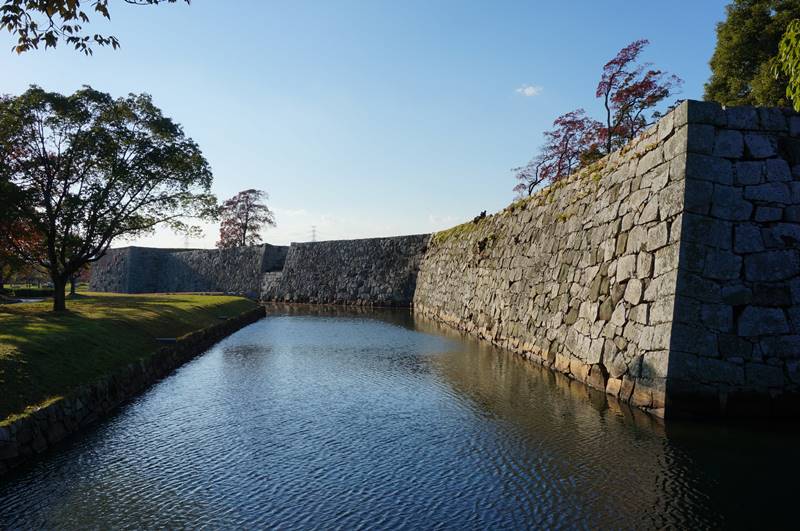This is all about Akou Castle Ruins you want to know.
Every information you get on this site will be from a credible source based on Japanese history (books for reference).
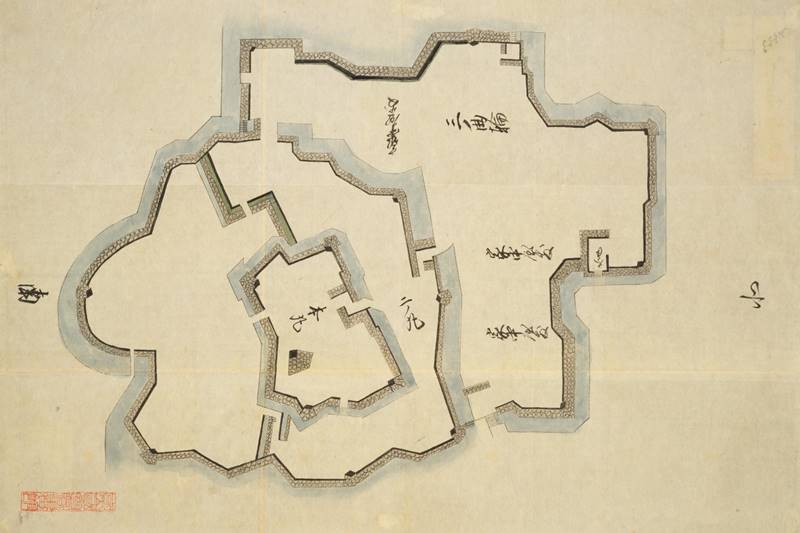
Collected by the Inagaki family, the Toba Daimyō from the mid-Edo period to the Meiji Restoration, as materials for military studies. There are about 350 illustrations, but there is no uniformity because only illustrations of castles, illustrations including castle towns, and old battlefield illustrations are mixed.
Another typical example of a castle picture in the Edo period is "The Shōhō Shiroezu", picture of the castle and castle town that the Edo Shogunate ordered the daimyō to create and submit,aggregating military information such as the buildings inside the castle, the height of the stone wall, the width of the moat and the water depth, etc., it also details the location and shape of the castle town and the mountain river.
Profile : Akou Castle Ruins
| Location | Akou City, Hyōgo Prefecture |
| Also known as | Kariya Castle |
| Type of castle | Flatland |
| Mountain's name | ー |
| Elevation | ー |
| Condition | No main keep but other buildings |
| Designation | National Historic sites National Scenic Sites |
| Year built | 1648-1661 |
| Abolished | 1873 |
| Castle lord | Asano Naganao |
| Refurbishment lord | Asano Naganao |
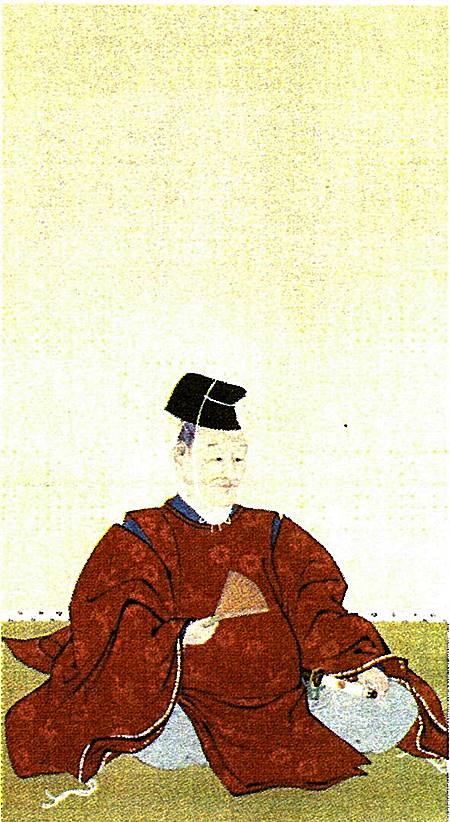
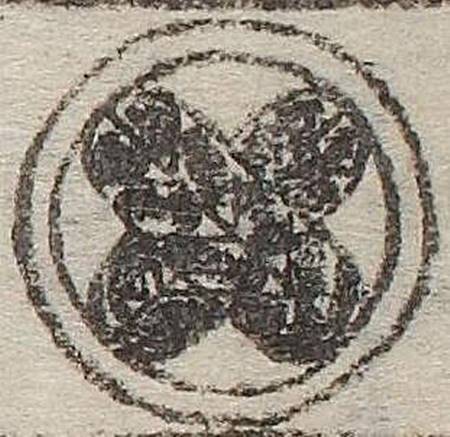
The family crest was originally created from the pattern that the emperor and the royal family put on the kimono, and the pattern was made into a fixed pattern, and the one attached to his own oxcart is said to be the beginning of the family crest. The warlords drew large crests on the flag-fingers, used to distinguish enemy views on the battlefield, and used by the generals to determine which warlords were active and how much.
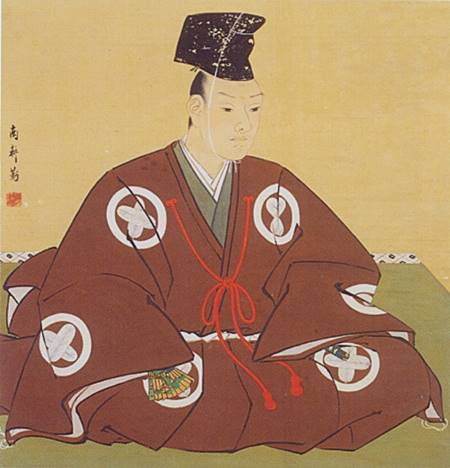
He caused a sword wound in the Matsu-no-rouka Corridor of Edo Castle and was ordered to cut off. Widely known for his vassal, the forty-seven loyal retainers of the Akou clan called Akou-gishi in the Akou Incident (from Wikipedia)
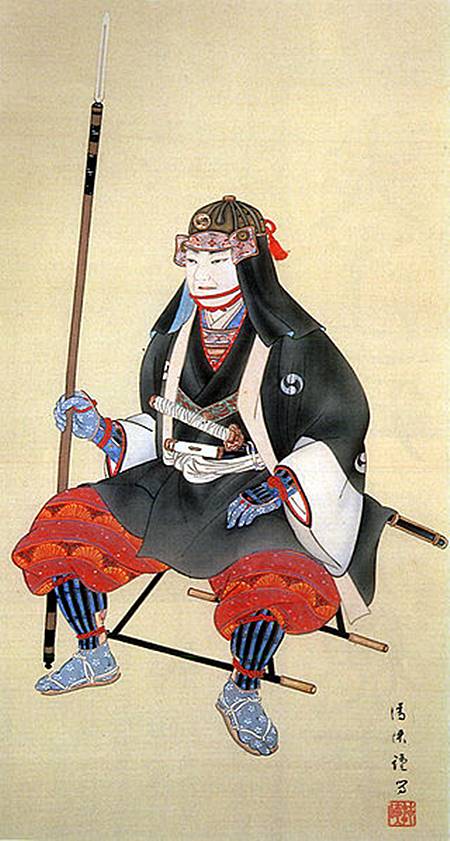
Head of chief retainers of Akou Clan splendidly played the revenge of his lord and achieved his reputation as a samurai.
Akou Castle admission
admission fee : free
admission time : am9-pm4:30 (Honmaru and Ninomaru Garden)
closing period : December 28- January 4 reference official site (japanese)
Akou Castle Google Map
Akou Castle Images
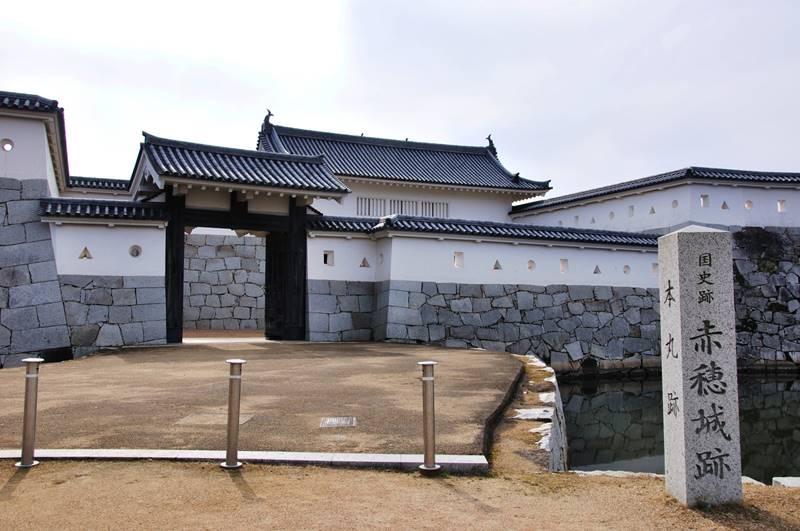
Honmaru was surrounded by a moat and a Ninomaru, and the Ninomaru was divided into north and south by a low stone wall. There was a main keep base , but no one was built. There are also many points that can be attacked with arrows, such as making the turret base protruding from the base line of the stone wall, increasing the defense power.

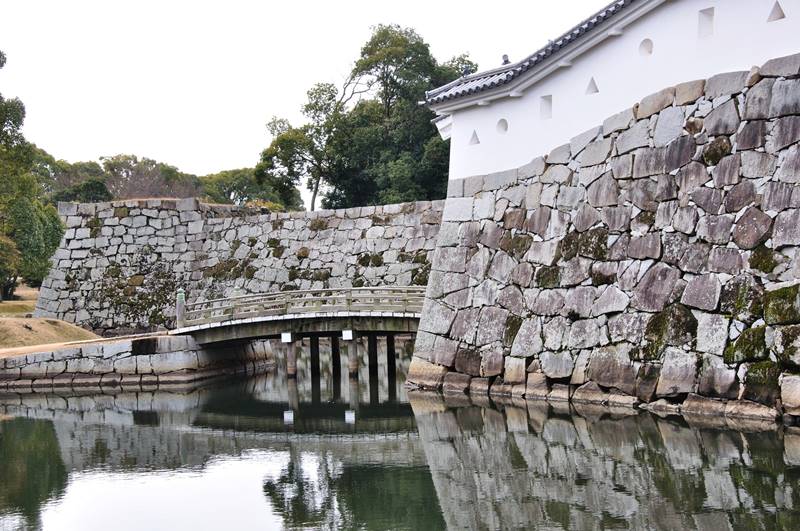
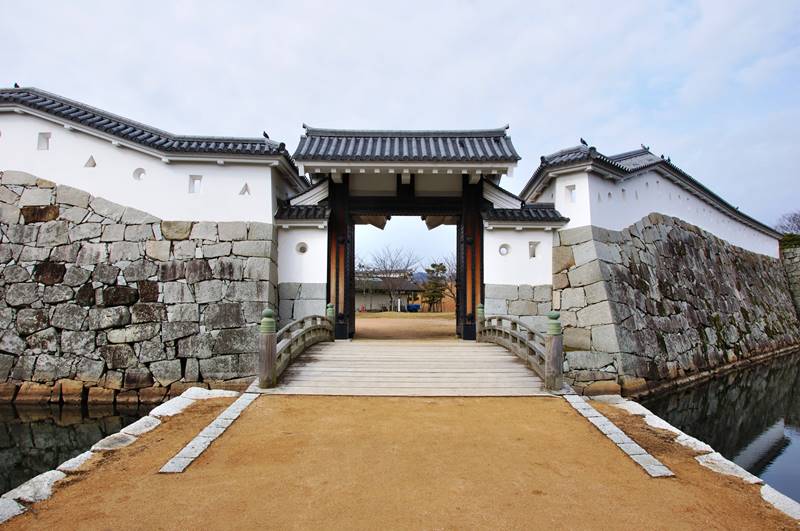

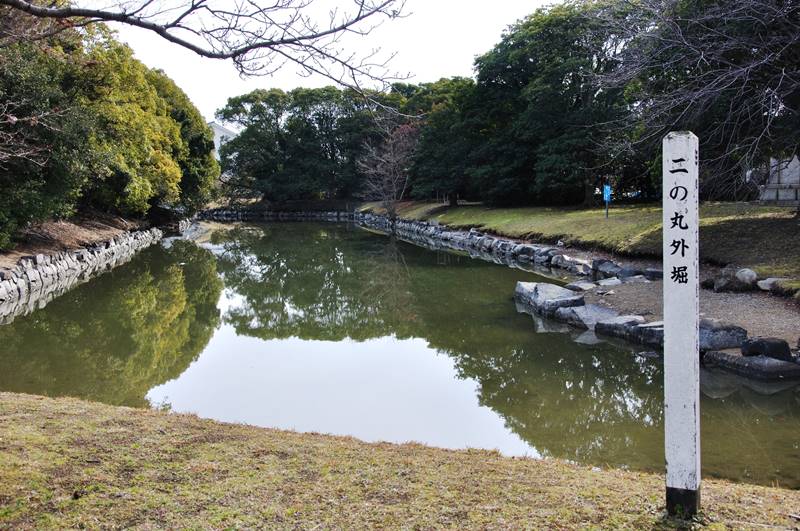


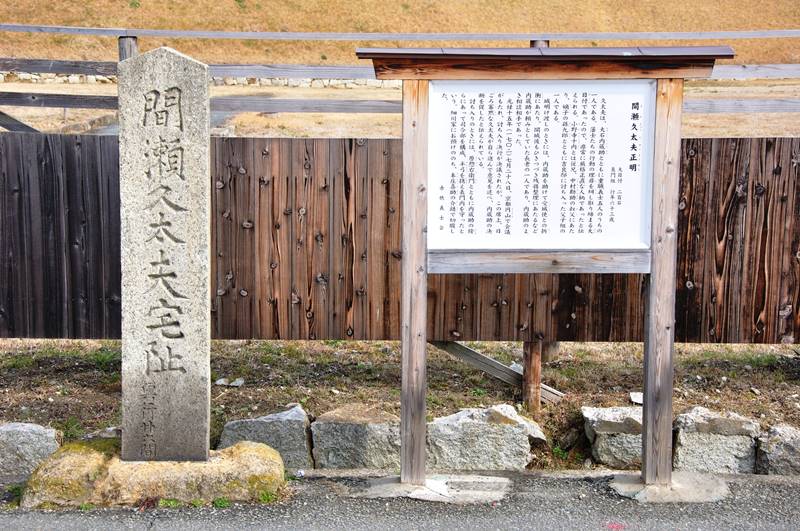
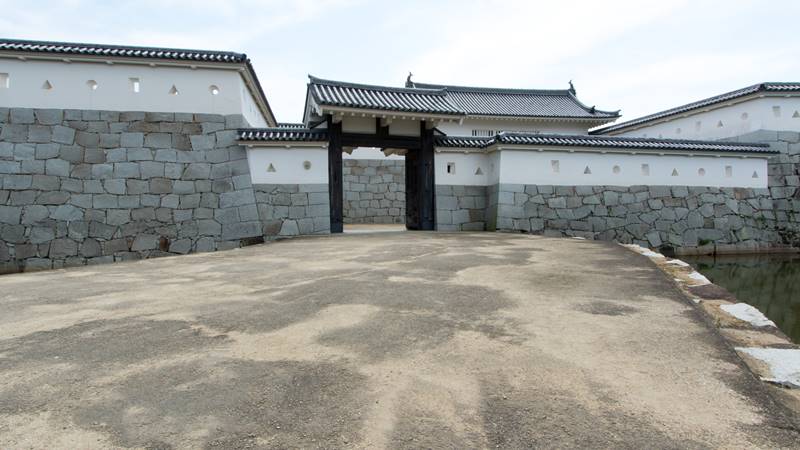
reference ⇒ Akou Marine Scenic Museum
